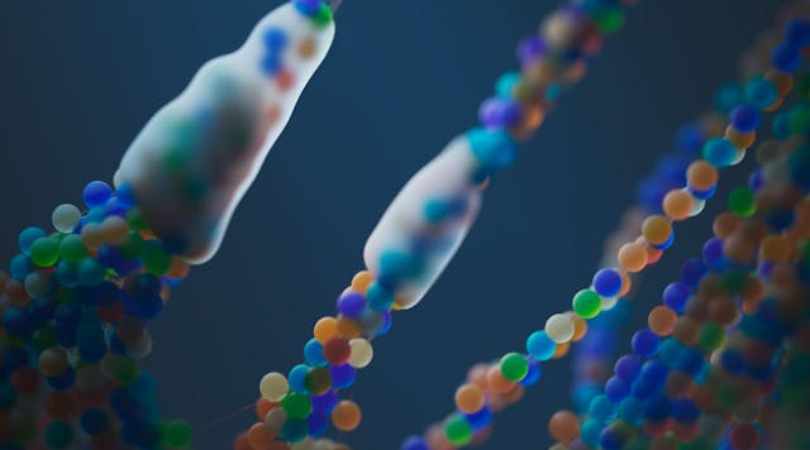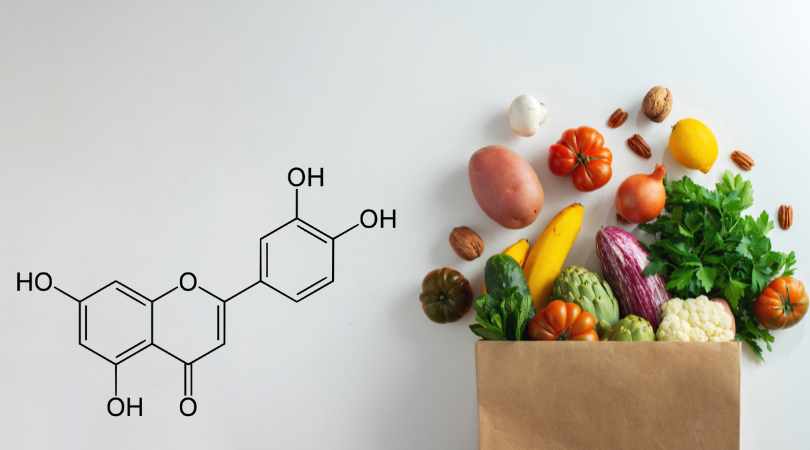Scientists have successfully restored the lost uricase enzyme, a key breakthrough in combating fructose-induced fat formation. This discovery offers new hope for preventing obesity and metabolic disorders by targeting how the body processes sugar and stores fat.
Limited Quantities Available! Order Today and Enjoy Free Shipping on Orders Over $100!
Why Perimenopause Feels Like a Metabolic Ambush — and What Fructose Has to Do With It

Many women describe the same bewildering moment:
“My diet didn’t change. My workouts didn’t change. But suddenly, everything did.”
Fat gathers around the midsection. Energy dips. Sleep and mood shift.
Doctors call it perimenopause. Biologists call it the loss of estrogen’s protection — and one of estrogen’s least-known roles is protecting how the body handles uric acid.
When estrogen falls, uric acid rises.
And that single change quietly rewires metabolism.
The Uric Acid Connection
During a woman’s reproductive years, estrogen helps the kidneys clear uric acid efficiently — one reason women typically have lower uric acid levels than men. After menopause, that gap disappears. Uric acid climbs to male-range levels, bringing the same metabolic fingerprints: insulin resistance, higher blood pressure, and central fat storage.
Uric acid isn’t only about gout. Inside cells, it acts as a metabolic signal that tells the body to slow down and conserve energy. It suppresses nitric oxide, constricts blood flow, and hinders mitochondrial function — the very engines that keep energy high and fat burning efficient.
That’s why the shift in uric-acid handling during perimenopause can feel like a sudden metabolic downshift. The body interprets the loss of estrogen as a signal of scarcity.
Fructose Activates the Same Switch
Fructose — from sugar, high-fructose corn syrup, alcohol, or even internal production via the polyol pathway — drives the same uric-acid signal, but from the opposite direction. The enzyme fructokinase (KHK-C) burns through ATP in seconds, generating uric acid and triggering that same “energy-conservation” mode.
Fructose generates the uric acid.
Estrogen clears it.
When estrogen declines, that balance unravels — and metabolism tips toward storage, inflammation, and fatigue even when calories are stable. This overlap explains why the metabolic effects of perimenopause can feel so sudden, and why many women experience stronger sugar cravings or energy crashes during hormonal transition.

Why Hormone Therapy Helps — but Isn’t the Whole Story
Hormone-replacement therapy often restores energy, mood, and body composition partly because it re-lowers uric acid and reactivates mitochondrial throughput. But if fructose metabolism stays unchecked — or uric-acid clearance isn’t supported — the same cellular stress persists.
That’s why stopping fructose and bolstering uric-acid clearance is just as important as hormone therapy itself. It closes the loop that estrogen once regulated naturally.
How to Rebalance the Energy System
1) Reduce Fructose Exposure
Cut added sugars, sweetened beverages, and alcohol — the most potent activators of fructokinase. Remember, your body can also make fructose internally from excess glucose, salt, or stress.
2) Support Uric Acid Clearance
Stay hydrated, moderate salt, and favor foods rich in magnesium, vitamin C, and polyphenols like tart cherry or citrus. These nutrients enhance uric-acid excretion and protect vessel function.
3) Block the Fructose Pathway
Natural flavonoids such as luteolin inhibit fructokinase (KHK-C), reducing ATP loss and uric-acid buildup. Early human data with luteolin-rich formulations also show improvements in liver fat, insulin sensitivity, and cholesterol — hallmarks of energy restoration.
4) Reignite Mitochondrial Flow
Once that leak is sealed, tools like aerobic exercise, sauna therapy, and time-restricted eating help restore energy throughput — not by forcing metabolism harder, but by letting it run clean again.
Also Read - 10 Proven Ways to Boost Stamina and Fight Fatigue Without Stimulants
The Takeaway
Perimenopause doesn’t break your metabolism — it exposes its most fragile circuit.
Fructose generates the uric acid; estrogen clears it. When estrogen declines, that balance unravels.
By reducing fructose load, supporting uric-acid clearance, and protecting mitochondria, women can restore the same metabolic resilience estrogen once provided — keeping energy, clarity, and vitality strong through every stage of life.
Disclaimer: The information in this blog reflects personal opinions, experiences, and emerging research. It is not intended as medical or professional advice and should not replace consultation with qualified professionals. The accuracy of this content is not guaranteed. Always seek guidance from a licensed expert before making any health-related decisions.


Chris | 🔬 Founder of LIV3 Health
⚡ A keen researcher dedicated to uncovering the root causes of metabolic dysfunction, the key driver of chronic conditions behind 70% of global deaths. His findings led to science-backed, natural solutions designed to inhibit fructose metabolism.
📢 Follow me on Reddit for insights on metabolic health and the future of wellness! -





